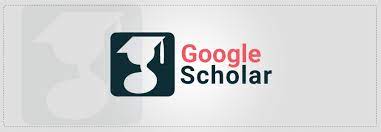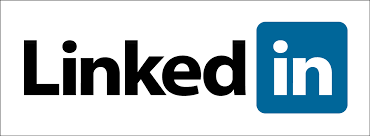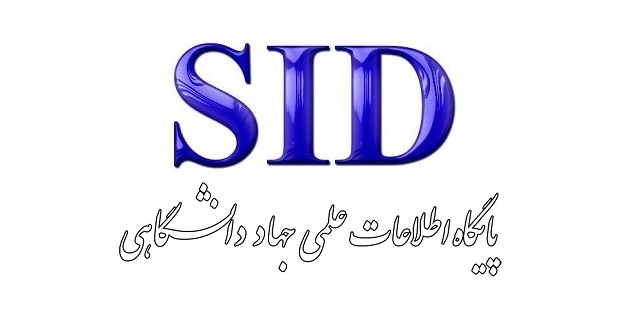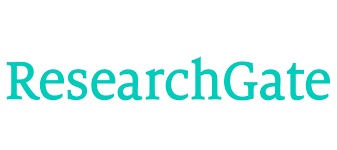مدل بلوغ دوسوتوانی بازاریابی برای صنایع مخابراتی: چارچوب جامع برای برقراری تعادل بین استراتژیهای بهرهبرداری و اکتشاف
کلمات کلیدی:
دوسوتوانی بازاریابی, بلوغ سازمانی, بازاریابی اکتشافی, بهر¬ه¬برداری, صنایع مخابراتیچکیده
در بازارهای امروزی که به سرعت در حال تغییر هستند، سازمانها نه تنها باید از توانمندیهای موجود خود بهرهبرداری کنند بلکه باید به دنبال فرصتهای جدید نیز باشند تا رقابتی باقی بمانند. بنابراین، پژوهش حاضر به دنبال طراحی یک مدل بلوغ دوسوتوانی بازاریابی، در صنعت مخابرات بود. این پژوهش از نظر هدف، کاربردی و از نظر روششناسی با رویکرد کیفی اجرا شده است. دادهها از طریق مصاحبههای نیمهساختاریافته با خبرگان حوزه مدیریت بازاریابی، فناوری و مخابرات گردآوری و با روش کدگذاری نظاممند بر اساس مدل اشتراوس و کوربین تحلیل شد. یافتهها نشان داد که بلوغ دوسوتوانی بازاریابی در صنایع مخابراتی، فرایندی است که در پاسخ به نیاز به نوآوری در بازار و فشارهای محیطی ناشی از فناوری و در بستر ساختارهای سازمانی، منابع انسانی و نظامهای تصمیمگیری مشتریمحور شکل میگیرد. این پدیده تحت تأثیر عوامل کلان سیاسی، اقتصادی و صنعتی قرار داشته و با اتخاذ راهبردهایی چون توسعه قابلیتهای فناورانه، نهادینهسازی فرهنگ دوسوتوانی، ساختارسازی راهبردی و تعامل با محیط پیرامونی تحقق مییابد. در نتیجه این فرایند، پیامدهایی مانند ارتقاء عملکرد بازاریابی، توسعه بازار، افزایش نوآوری و یادگیری سازمانی، و دستیابی به مزیت رقابتی پایدار حاصل میشود. این مدل تأکید دارد که تحقق دوسوتوانی بازاریابی، مستلزم همزمانی در بهرهبرداری از ظرفیتهای فعلی و اکتشاف فرصتهای آینده در محیط پرتلاطم فناوریمحور است.
دانلودها
مراجع
Ardabili, F. S., Verbenko, G., & Cajnko, P. (2025). The effects of organizational agility on organizational performance: the mediating role of ambidexterity. Journal on Innovation and Sustainability Risus, 16(2), 114-123. https://doi.org/10.23925/2179-3565.2025v16i2p114-123
Blondiau, A., Mettler, T., & Winter, R. (2016). Designing and implementing maturity models in hospitals: An experience report from 5 years of research. Health Informatics Journal, 22(3), 758-767. https://doi.org/10.1177/1460458215590249
Chebbi, H., Yahiaoui, D., Vrontis, D., & Thrassou, A. (2015). Building multiunit ambidextrous organizations-a transformative framework. Human Resource Management, 54, 155-177. https://doi.org/10.1002/hrm.21662
Hakimi, I., & Gholami Avati, R. (2023). Innovation ambidexterity: Antecedents and its effects on new product development. Executive Management Research Journal, 15(29), 45-61. https://jem.journals.umz.ac.ir/article_4301.html?lang=en
Ho, H., Osiyevsky, O., Agarwal, J., & Reza, S. (2020). Does ambidexterity in marketing pay off? The role of absorptive capacity. Journal of Business Research, 110, 65-79. https://doi.org/10.1016/j.jbusres.2019.12.050
Ho, H. D., & Lu, R. (2015). Performance implications of marketing exploitation and exploration: Moderating role of supplier collaboration. Journal of Business Research, 68(5), 1026-1034. https://doi.org/10.1016/j.jbusres.2014.10.004
Hosseini Fooladi, S., Yarmohammadian, M. H., & Ajami, S. (2009). The relationship between organizational culture and organizational maturity of employees in hospitals affiliated with Isfahan University of Medical Sciences in 2007-2008. Research in Curriculum Planning (Knowledge & Research in Educational Sciences - Curriculum Planning), 6(23-21), 101-116. https://jhosp.tums.ac.ir/article-1-107-en.html
Josephson, W., Johnson, L., & Mariadoss, J. (2016). Strategic marketing ambidexterity: Antecedents and financial consequences. Journal of the Academy of Marketing Science, 44(4), 539-554. https://doi.org/10.1007/s11747-015-0438-5
Khodami, S., Sadegh Vaziri, F., & Henari, A. (2025). Investigating the effect of ambidextrous factors on international marketing agility. Strategic Management Studies Quarterly, 16(61), 47-70. https://www.smsjournal.ir/article_216100_en.html
Mehrabi, H., Coviello, N., & Ranaweera, C. (2019). Ambidextrous marketing capabilities and performance: How and when entrepreneurial orientation makes a difference. Industrial Marketing Management, 77, 129-142. https://doi.org/10.1016/j.indmarman.2018.11.014
Moreno-Luzon, M. D., Gil-Marques, M., & Arteaga, F. (2014). Driving organisational ambidexterity through process management. The key role of cultural change. Total Quality Management & Business Excellence, 25(9-10), 1026-1038. https://doi.org/10.1080/14783363.2013.776768
Nazara, D. S. (2025). Marketing Strategy Innovation: Enhancing Competitiveness and Differentiation of Local Products in the Global Market. Oikonomia: Journal of Management Economics and Accounting, 2(3), 101-112. https://doi.org/10.61942/oikonomia.v2i3.358
O'Reilly, C. A., & Tushman, M. L. (2008). Ambidexterity as a dynamic capability: resolving the innovator's dilemma. Research in Organizational Behavior, 28, 185-206. https://doi.org/10.1016/j.riob.2008.06.002
O'Reilly, C. A., & Tushman, M. L. (2013). Organizational ambidexterity: past, present, and future. The Academy of Management Perspectives, 27(4), 324-338. https://doi.org/10.5465/amp.2013.0025
Santos-Neto, J. B. S., & Costa, A. P. C. S. (2019). Enterprise maturity models: a systematic literature review. Enterprise Information Systems, 13(5), 719-769. https://doi.org/10.1080/17517575.2019.1575986
Simsek, Z. (2009). Organizational ambidexterity: towards a multilevel understanding. Journal of Management Studies, 46(4), 597-624. https://doi.org/10.1111/j.1467-6486.2009.00828.x
Srikanth, K., & Ungureanu, T. (2025). Organizational adaptation in dynamic environments: Disentangling the effects of how much to explore versus where to explore. Strategic management journal, 46(1), 19-48. https://doi.org/10.1002/smj.3646
Turner, N., Swart, J., & Maylor, H. (2013). Mechanisms for managing ambidexterity: a review and research Agenda. International Journal of Management Reviews, 15(3), 317-332. https://doi.org/10.1111/j.1468-2370.2012.00343.x
دانلود
چاپ شده
ارسال
بازنگری
پذیرش
شماره
نوع مقاله
مجوز
حق نشر 2025 فروزان شریفی فر (نویسنده); منوچهر نیکنام; مهدی زکی پور (نویسنده)

این پروژه تحت مجوز بین المللی Creative Commons Attribution-NonCommercial 4.0 می باشد.









